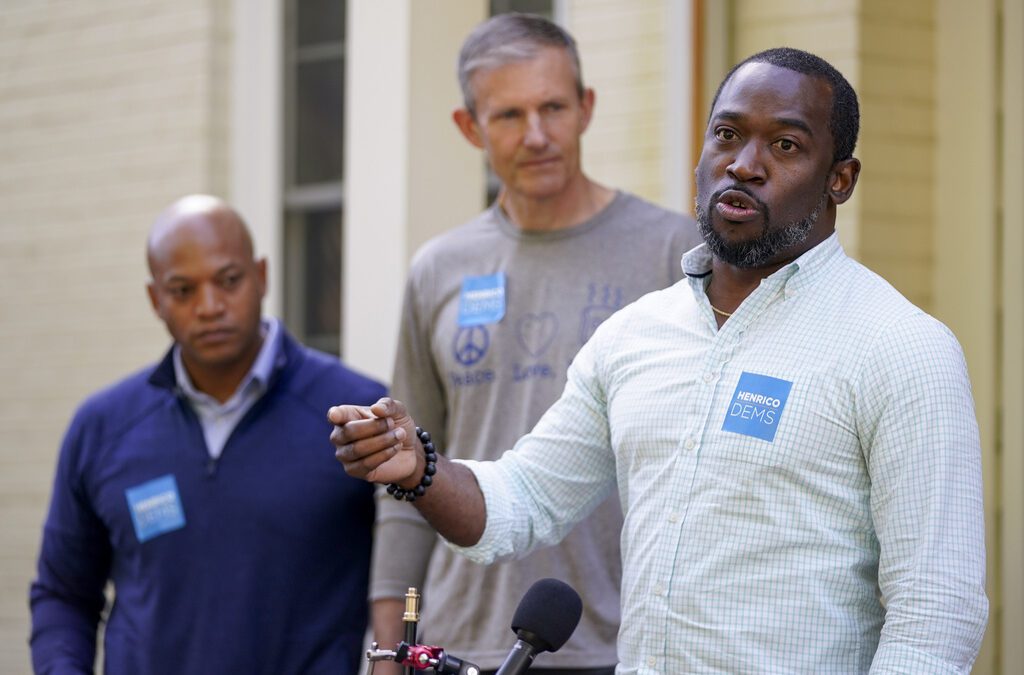
Bacon's Castle - Surry, Virginia (Photo via Shutterstock)
Bacon’s Castle, also known as Allen’s Brick House, is a true gem of American history. Built in 1665, it represents an important chapter in colonial Virginia’s past. The castle played a significant role during the turbulent times of Bacon’s Rebellion in 1676.
Originally constructed as a fortified plantation house by Arthur Allen, Bacon’s Castle stands as a testament to early English architecture in the New World—specifically “High Jacobean architecture.” Its design, combining a medieval English hall with brick masonry, is a rare sight in America.
As you step into the grand entrance of Bacon’s Castle, you’ll be transported back in time to the 17th century. The castle’s imposing structure, with its thick walls and sturdy brickwork, reflects the desire for security and protection during a period of uncertainty in the colony. The architectural details, such as the intricately carved wooden beams and the elegant leaded glass windows, showcase the craftsmanship of the era.
Walking through the halls, you can almost hear the echoes of the past. The castle was not only a place of residence but also a hub of social and political activities. It still serves as a gathering place for the local community, hosting grand feasts and celebrations, particularly in the large banquet hall.
As far as the exterior goes, what sets Bacon’s Castle apart from other colonial structures is its intricate brickwork. The use of handmade bricks, laid in Flemish, English, and American bond patterns, showcases the craftsmanship of the time.
The Role of Bacon’s Castle in Early American History
Bacon’s Rebellion, which started in 1676, was a response to a complex power struggle involving Gov. Sir William Berkeley’s administration, white colonists who wanted to drive Natives out of Virginia completely, and Black and white formerly indentured servants who wanted land. The rebellion lasted until 1677 before it was eventually suppressed, leaving an indelible mark on Virginia’s history. The castle served as a temporary stronghold for the movement.
Some believe that Bacon’s Castle was named after Bacon. This theory suggests that Bacon, despite not having any direct association with the castle prior to the rebellion, gained recognition through his significant role in its history. However, the National Parks Service pointed out that “there is no evidence that Nathaniel Bacon himself ever came to the plantation or had anything to do with it.” The name Bacon’s Castle wasn’t even formally used until 1769 when a series of articles printed in The Virginia Gazette detailed information about Bacon’s Rebellion. It was not used as an official name for the property until 1802, according to the National Parks Service.
Visitors can explore the castle’s rooms and take guided tours (from March to December), gaining insights into the castle’s history, architecture, and the people who lived within its walls.
Additionally, throughout the year, Bacon’s Castle hosts a range of special events, such as reenactments, historical festivals, and hands-on workshops.
If you’re intrigued by America’s history and architectural wonders, a visit to Bacon’s Castle is a must.
This story was generated in part by AI and edited by the Dogwood staff.
Politics

Biden administration bans noncompete clauses for workers
The Federal Trade Commission (FTC) voted on Tuesday to ban noncompete agreements—those pesky clauses that employers often force their workers to...

Democratic shakeup in Virginia primaries for governor, lieutenant governor
Richmond Mayor Levar Stoney quit his bid for governor and jumped into the race to be the Democratic nominee for lieutenant governor. The race for...
Local News

The zodiac signs of 12 iconic women offer insight into their historic accomplishments
Zodiac signs can tell you a lot about someone’s personality. Whether they’re an earth, water, air, or fire sign, these 12 categories (which are...

Virginia verses: Celebrating 5 poetic icons for National Poetry Month
There’s no shortage of great writers when it comes to our commonwealth. From the haunting verses of Edgar Allan Poe, who found solace in Richmond's...




